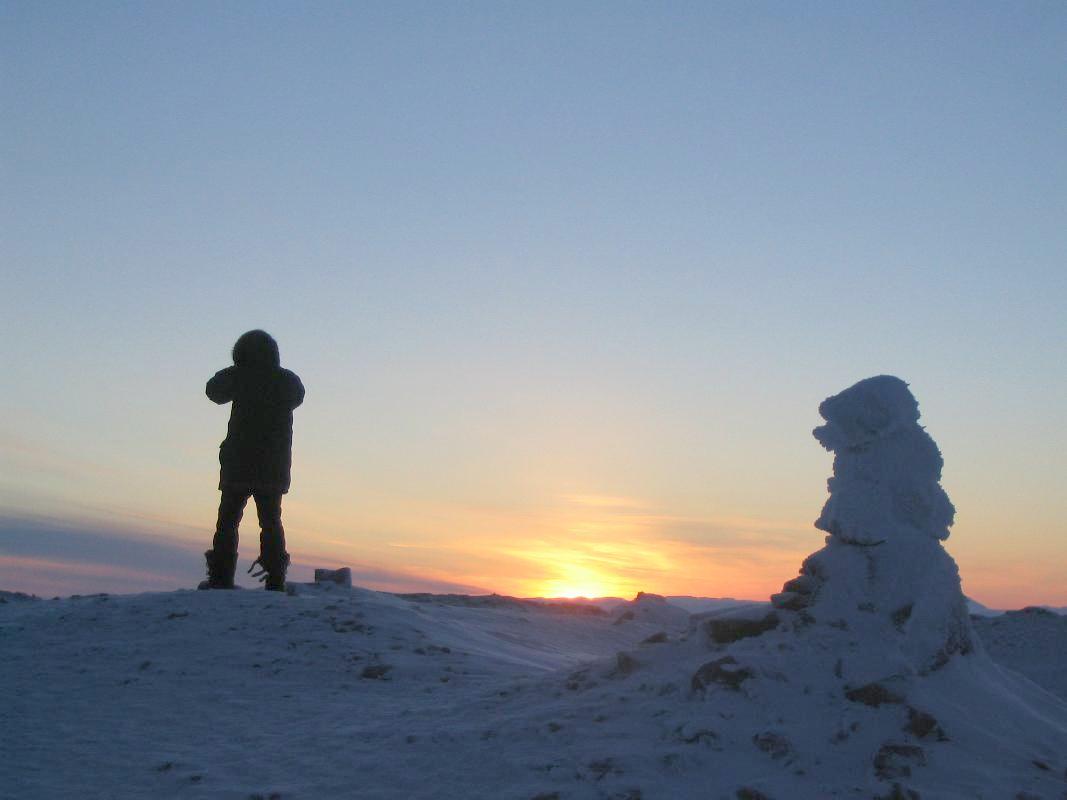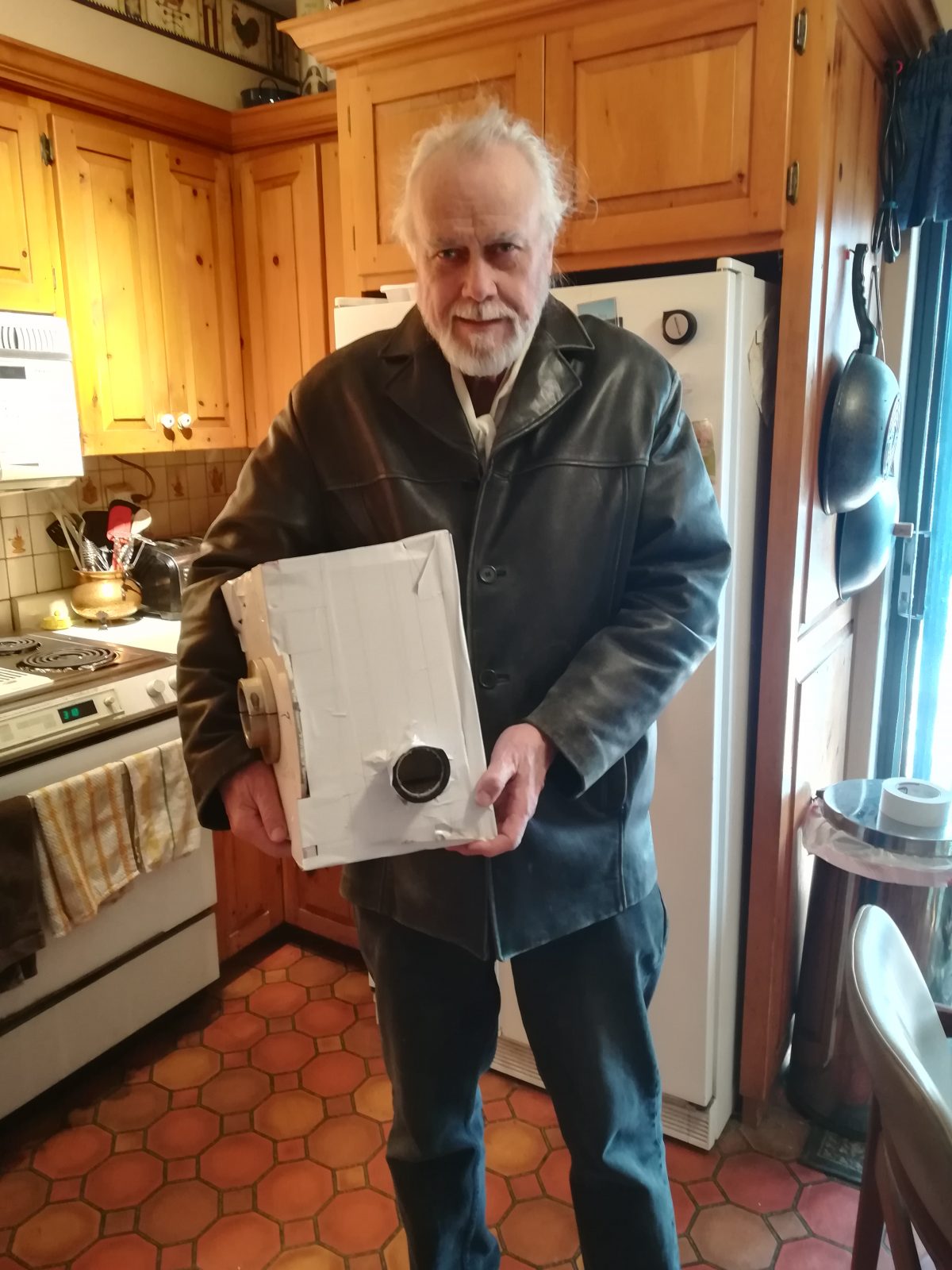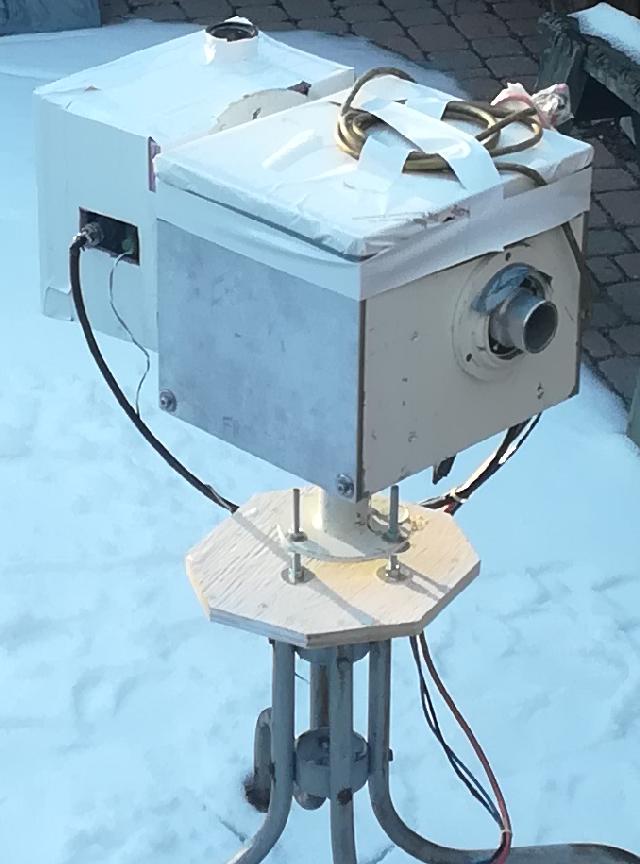Studying Ozone from the backyard: Professor Tom McElroy’s approach to research from home
Tags:

Lassonde School of Engineering Professor, Tom McElroy, has been researching atmospheric science in Canada for over 40 years. Dr. McElroy joined York University in 2011 after a 36-year career at Environment Canada. Together, his research has paved innovation in the field of atmospheric science, including many contributions that are part of our daily life.
A brief history of Dr. McElroy’s contributions to Atmospheric Science in Canada
Dr. McElroy (then at Environment Canada) worked with a team to set up a lab at Eureka, Nunavut, in the early 1990s. The lab is one of the highest altitude points in the Arctic at ~600 m above sea level where temperatures can fall below -50°C.
At Eureka, the team studied the global issue of ozone depletion. Throughout their work, Dr. McElroy has made contributions to global networking monitoring of ozone, including measurements of ozone on aircraft such as the NASA-ER2 and contributions to the SCISAT Atmospheric Chemistry Experiment including the MAESTRO diode array spectrophotometer.

Notably, Dr. McElroy is co-inventor on the Brewer Ozone Spectrophotometer. Additionally, Dr. McElroy and co-inventor, James Kerr, were the first to develop the relationship between Ozone and Ultra-Violet (UV) light, including a publication in Science. Ultimately, this work established the UV-index, which is now adopted by the World Health Organization and used in over 25 countries. Familiar to many Canadians, the UV index is the numerical scale to indicate potential UV exposure and associated risk of sunburn.
Since beginning operations, the Eureka site has shifted over the years to address the impact of Climate Change. This includes the interactions of climate and ozone, where an increase in carbon dioxide can cause climate change and warming, alongside a paradoxically cooling of the upper atmosphere. The team has data showing that changing Arctic conditions have caused ozone depletion of more than 25% in some places.
Pandemic impact on Dr. McElroy’s research activities
Dr. McElroy was able to complete some work at Eureka last year, which yielded excellent measurements, new analysis codes and software. However, this work has now been put on pause due to the COVID-19 pandemic since access to remote regions of the Arctic and to laboratories in Toronto was prohibited. 2021 marks the first year since the opening of the lab at Eureka that the team hasn’t been able to collect data.
Fortunately, this hasn’t stopped Dr. McElroy.


Dr. McElroy brought the instrument back to his home in the fall of 2020. The 60 kg of equipment and cables were set up in the professor’s home to begin testing. The instrument included a robot, which enables a tracker to be pointed in the direction of the sun, allowing the collection of necessary data.
The activities in Toronto are taking place to make sure that the instrument, programs and tracker are working properly since data obtained at this latitude has less bearing for ozone study.
With every sunrise and sunset, the machine can see changes in atmospheric gases, such as nitrogen dioxide and ozone. This helps Dr. McElroy prepare for the next phase of the research operation and leads to the collection of data that can help transform the field of Atmospheric Science.
Recently published works from Dr. McElroy include:
- Updated validation of ACE and OSIRIS ozone and NO2 measurements in the Arctic using ground-based instruments at Eureka, Canada. Published in Journal of Quantitative Spectroscopy and Radiative Transfer in 2019.
- Intercomparison of atmospheric water vapour measurements at a Canadian High Arctic site. Published in Atmospheric Measurement Techniques in 2019.
Header image credit: A photo of Tom McElroy taken near the lab (about 600 m ASL) by Pierre Fogal, Manager of the lab and a former Ph.D. student of Dr. McElroy.
This article also appeared in YFile.